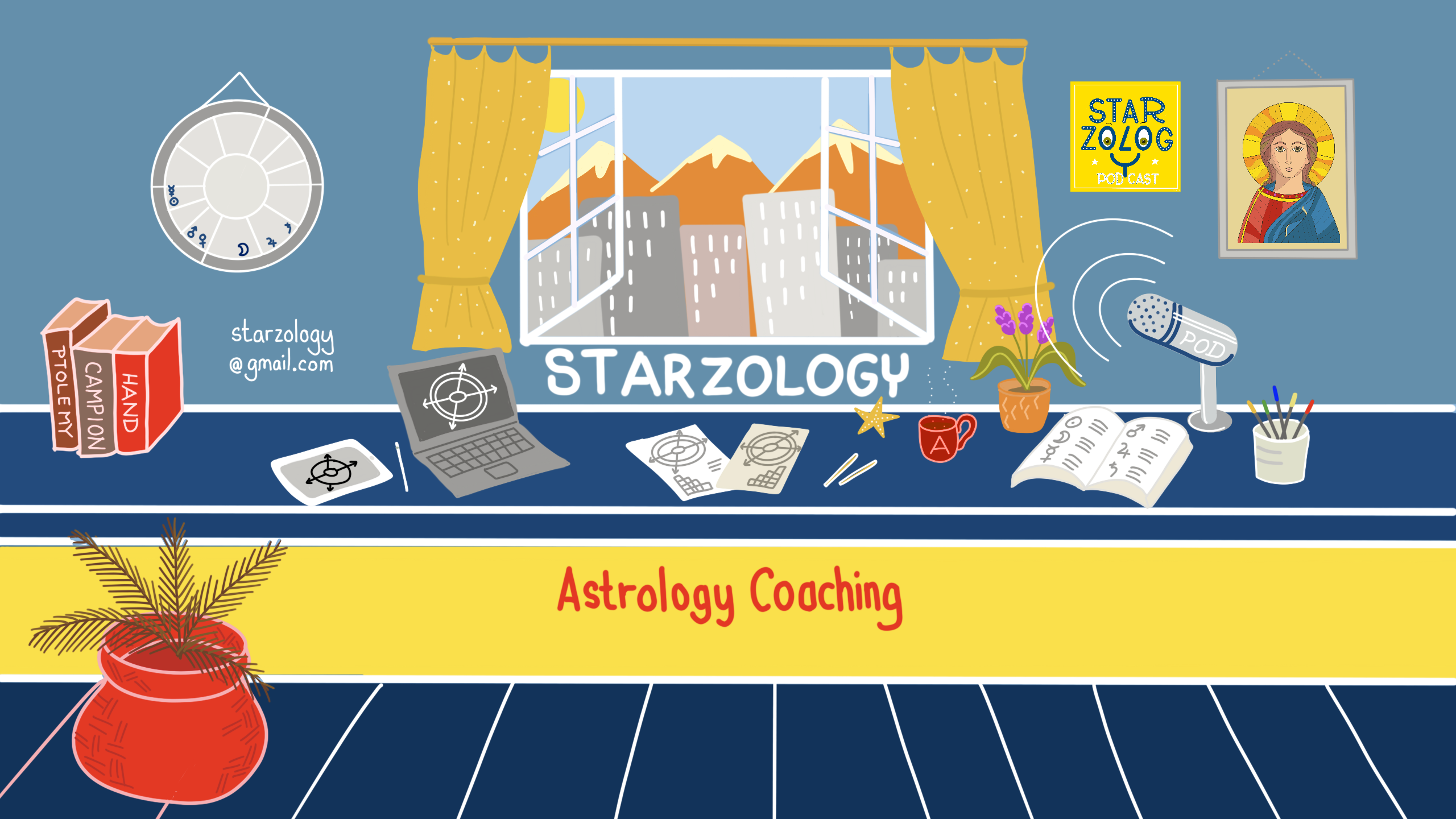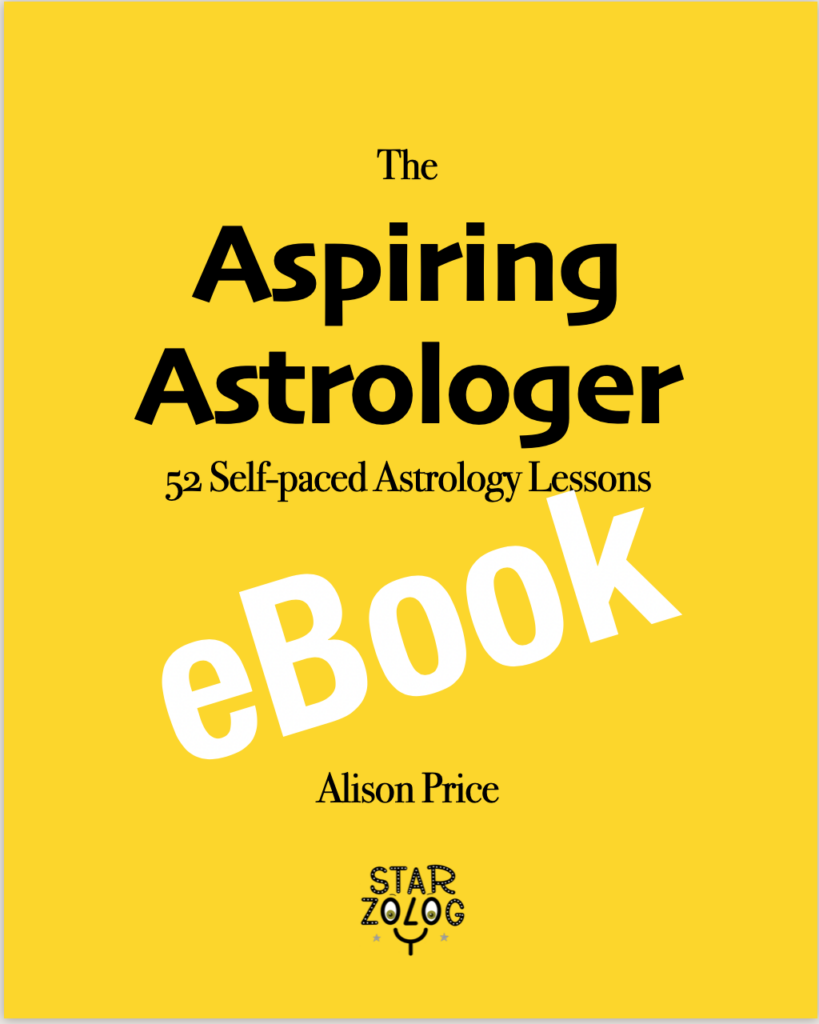Astrological Forecasting: Overview
Astrological forecasting is a popular use for astrology and many people come to astrology exactly for the predictions you can get.
But not all forecasting techniques are created equal. Some are easy to understand and some are more complex.
Forecasting is in two broad sectors, the direct forecasting methods and the indirect forecasting techniques.

Direct Forecasting
Direct forecasting techniques use the current positions of the planets in the sky as we speak. You need an ephemeris for transit work.
Examples of direct forecasting techniques are:
- Transits
- Solar returns and Saturn returns etc.
- Eclipses (solar and lunar)
Indirect Forecasting
The indirect forecasting techniques are often those that equate one day’s planetary movement to one year of life. They are also known as symbolic forecasting techniques.
Examples of indirect forecasting techniques are:
- Secondary progressions
- Solar arc directions (Venus arc directions etc.)
Forecasting Techniques You Need to Know
Most astrology students learn the forecasting techniques in the following order:
- Transits
- Secondary progressions
- Eclipses
- Solar returns
- Graphic ephemeris
- Solar arc directions
- Other (primary directions, firdaria etc.)
Learn to Love Transits
It is common to learn transits first.
Many astrologers only use transits as they are easier to learn. Every Sun sign horoscope column relies on transits only and this makes transits the most popular forecasting method in any astrologer’s repertoire.
“Transits are the most popular forecasting method.”
If you work on several charts and need to do the forecasting then if you know that Uranus will change signs into Taurus in May 2018 it will do so for everyone.
Once you know a transit movement you can use that knowledge for every single chart you every look at. This makes transits the go to astrological forecasting technique.
Everyone needs to know transits.
Secondary Progressions
The second most popular forecasting technique is conveniently called secondary progressions.
In this case, the movement of a planet for each day of life from birth is symbolised as the corresponding yearly movement.
If you are thirty-three then you will cast a secondary progressed chart for the thirty-third day after your birthday and use the planet’s positions that day to cast the secondary progressed chart.
Each person’s secondary progressed chart is different. No two are the same unless you were born at the same time, date and place.
This means it is more work for the astrologer because it is almost as another chart to read. Professional astrologers will probably use secondary progressions for your full forecasting picture.
Solar Returns
In a solar return chart you cast a chart each year for the exact time the Sun returns to its natal position.
If your birth Sun is at 15 degrees 45 minutes of Virgo then each year when the Sun returns to the precise position you cast another chart.
Each year you will have a new solar return chart.
People with the same birth date (but not the same year) will have similar solar return charts but not exactly the same.
So, everyone born on September 15th will have the Moon here and Venus there in their solar return chart but the ascendant will be different.
This makes solar return charts popular as they are based on the transits of the day and astrologers know where the Sun and Moon are and the other planets.
Graphic Ephemeris
The graphic ephemeris is a special diagram that has to be read by the astrologer and it typically shows the superior planets and their cycles over a year or two. See image.
This is probably the most useful tool I personally use in my astrological forecasting.
Eclipses
Solar and lunar eclipses are transits and are special due to the close alignment of the Sun, Moon and the Earth on the eclipse day.
Eclipses can be further broken down into:
- General eclipse forecasts
- Personal eclipse forecasts
- Collective eclipse forecasts
Solar Arc Directions
In solar arc directed charts you take the progressed movement of the Sun (as found in the secondary progressed chart) and add the longitudinal measurement to all the planets positions at birth. From this you will create a new chart called the solar arc directed chart.
From this you will create a new chart called the solar arc directed chart.
If your natal sun is at 15 Virgo and you are 33 years old you add 33 to 15 Virgo and the result is 18 Libra. This is the position of your solar arc directed Sun.
You do the same for the other planets. Add the Sun’s movement to every planet in your chart and find the new placement which will be 33 degrees further in the zodiac.
In a solar arc directed chart the aspects between the planets remain the same but the planets change house and sign.
The solar arc directed chart changes slightly every day as you get older.
How Much to Learn in Forecasting
How much you have to learn about astrological forecasting depends on who you are now and who you want to be later. There are 5 levels of astrologer and you can see where you fit in.
Hobbyist Astrologer
If you are simply trying to learn some more about astrology to make your life easier and more understandable then stick to transits.
Student Astrologer
If you are a student astrologer and plan to be a professional astrologer one day then learn transits first and the work down the list, (secondary progressions, solar returns, solar arc directions, eclipses and other).
Professional Astrologer
To be a professional astrologer you really do need to know at least four forecasting techniques.
They will compliment each other and underline the trends in the clients forecasting picture.
You are a Client
If you are a member of the public and you are looking for a professional consulting astrologer then do yourself a favour and find one who does advanced forecasting techniques.
Ask your prospective astrologer, “Which forecasting techniques will you use when you do my predictions?” and see what their answer is.
“Which forecasting techniques will you use when you do my predictions?”
If they only use transits be wary as they may not be fully trained in the more complicated astrological forecasting techniques. This may imply they do not have a broad astrological education.
Creative Growth
If you have got this far then you will likely want to grow your astrological forecasting techniques and begin to understand the differences in each one. To be a better astrologer you need to know these things. Forecasting often separates the “men from the boys” in the astrology world.




